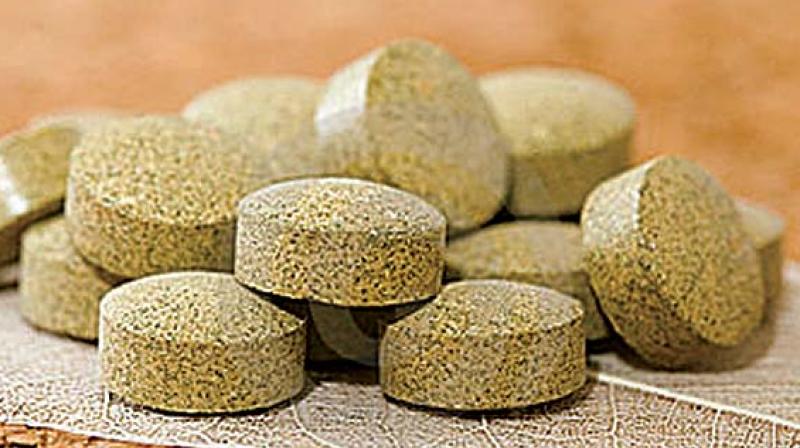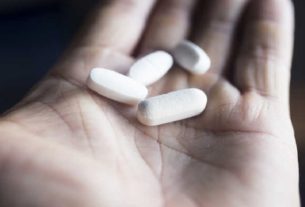Patients of diabetes have to take special care of their health. This is because patients with diabetes are at risk of many other diseases. Ayurvedic medicine developed by the Council of Scientific and Industrial Research (CSIR) reduces the risk of heart attack by 50 percent in BGR-34 diabetics. About 50 percent of this drug was found to contain levels of glycosylated hemoglobin. This has come out in research.
In the latest issue of the Journal of Traditional and Complementary Medicine, research has been published in this regard. According to the report, BGR-34 is already established as an effective medicine for diabetics. Existing Allopathic medication reduce the level of sugar but do not cure other complications related to it. The properties of BGR to remove these problems also have been noticed.
According to the journal, under the guidelines of the Indian Medical Research Council (ICMR), this drug has been tested for 64 patients in four months for four months. During this period, two types of results emerged. A decrease in levels of glucose levels of up to 80 percent of patients. Before starting the drug, the average level of sugar was 196 (empty stomach) which was reduced to four months after 129 mg dl. After this meal, the concentration decreased from 276 to 191 MGDL. These results are good, but such results also give many allopathic medicines. CSIR has permitted to build BGR-34 for Emil Pharmaceuticals.
According to the report, the second stimulant result is about glycosylated hemoglobin (HbA1c). Glycosylated hemoglobin was controlled by consuming this drug in 30-50 percent of patients, whereas in other patients, it decreased by 10 percent in the level. Excessive glycosylated hemoglobin’s blood causes diseases associated with blood cells. In which there are a heart attack and a headache. These two cases are increasing rapidly in diabetic patients.
Hemoglobin occurs within the red blood cells. Its function is to communicate oxygen. But when the amount of sugars in hemoglobin dissolves, then the work of hemoglobin is interrupted, it is called glycosylated hemoglobin. Its effect lasts for several months. But this level is being controlled from BGR-34.




